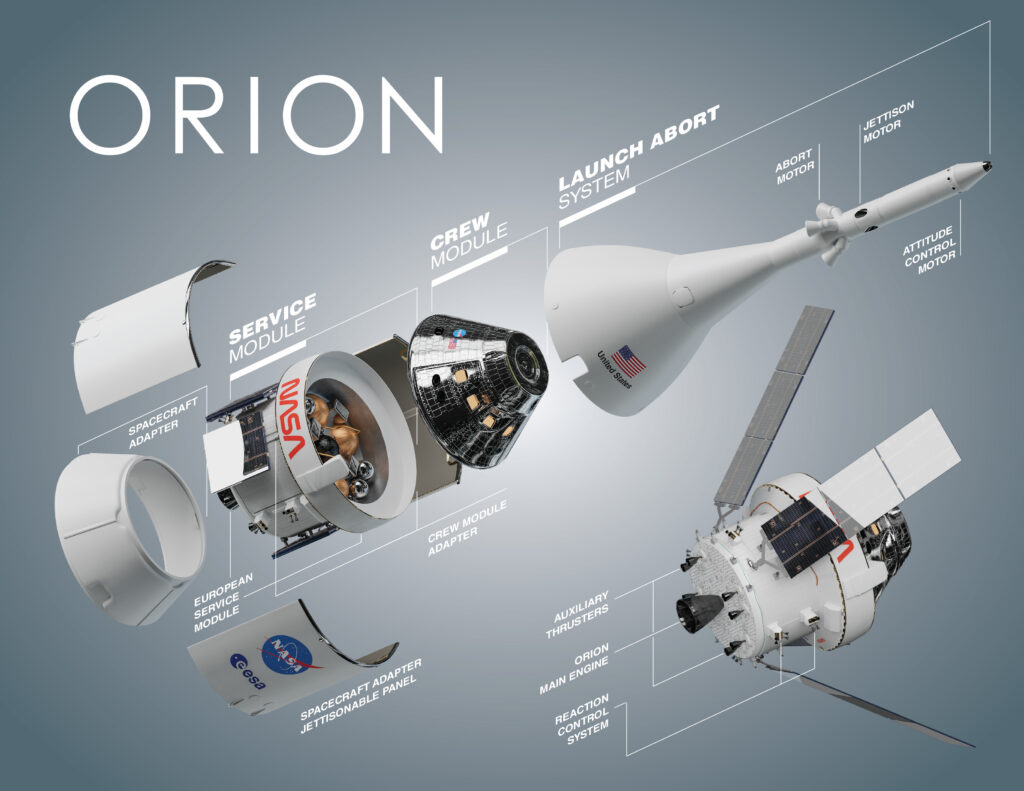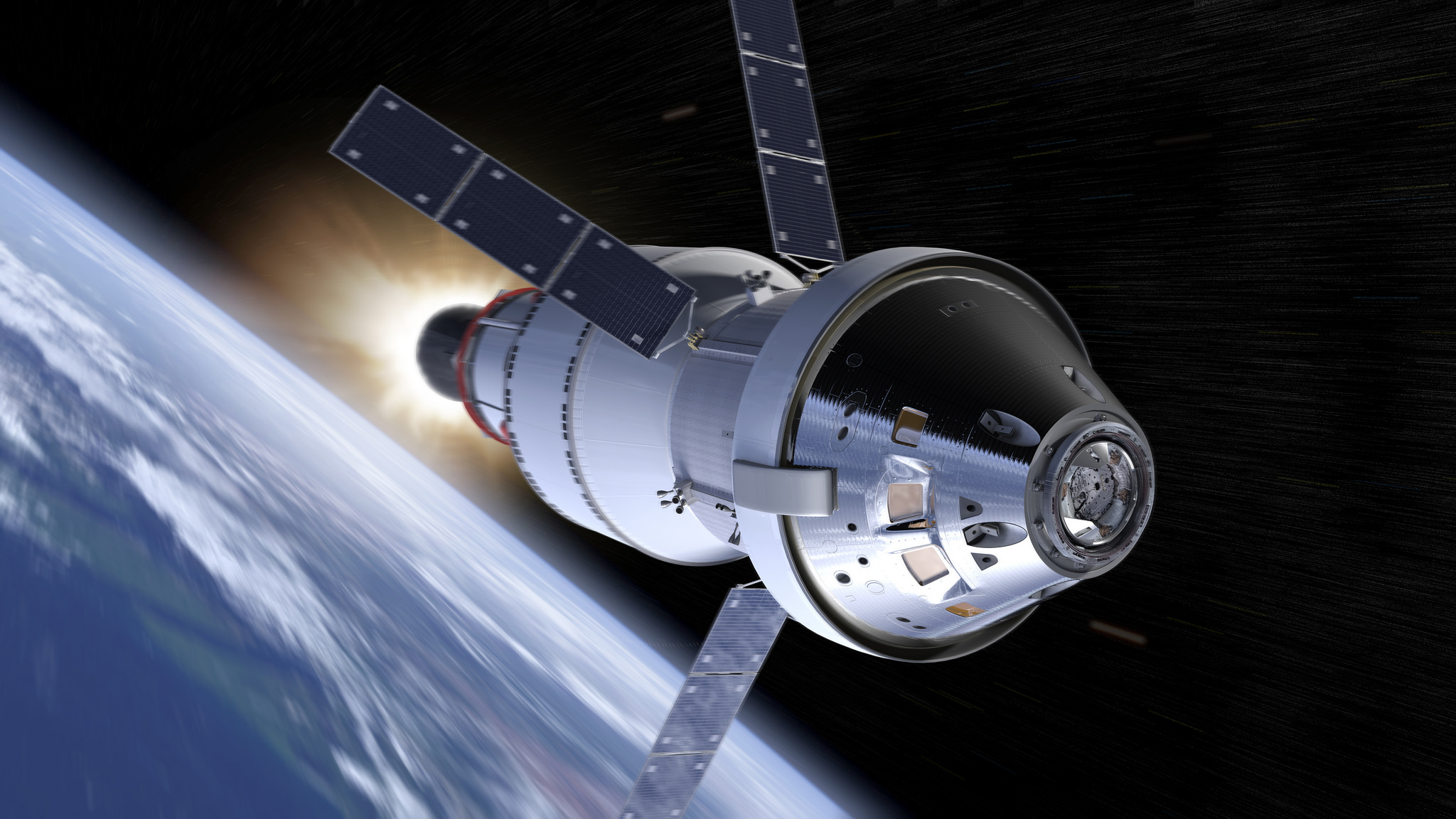NASA is about to launch the first rocket of the next generation Space Launch System (SLS), the most powerful launch vehicle that humanity has ever created. Next week, the Artemis I mission marks the beginning of an exciting new era of space exploration that will pave the way for a crew landing on the Moon – the first since 1972.

The Orion spacecraft will make possible the astronauts’ mission to the Moon, Mars and even beyond. This is an apparatus that will fly around the Moon automatically without a crew during the first flight next week, and then return to Earth in a difficult 42-day journey.
The Orion crew module was created by Lockheed Martin, while the European service module, vital for the supply of electricity, engine, thermal control, air and water, is the work of Airbus Defense and Space, a division of the aviation giant. The company has posted a video that offers a detailed overview of the new Orion spacecraft, specially designed for manned deep space missions.
As the video shows, the Orion crew module can carry up to four astronauts, while the main engine of the spacecraft is capable of developing a thrust of 2,700 kg, and eight auxiliary engines provide a total thrust of up to 400 kg. Orion also has four seven-meter solar wings with 3,750 solar cells per wing, which are powered by solar energy.
The power of the SLS rocket is 4 million kg of thrust – the largest ever seen at launch. But such a huge power is fraught with the risk of dangerous consequences in case of unforeseen situations. Therefore, the video also highlights the Orion launch emergency termination system, a mechanism designed to be activated within milliseconds after a serious anomaly during launch. If necessary, the system will quickly push the capsule to a safe place from a rocket that is potentially out of control.

If the weather does not prevent the launch, then on August 29 we will witness an extraordinary spectacle.
Earlier, we reported on how NASA published a close-up video test of the SLS rocket engines.
Follow us on Twitter to get the most interesting space news in time
https://twitter.com/ust_magazine

